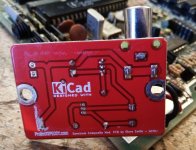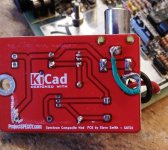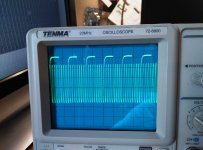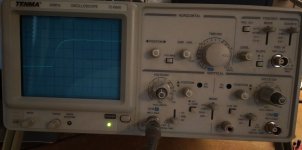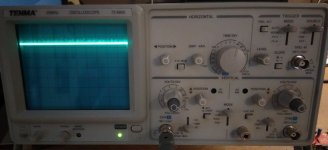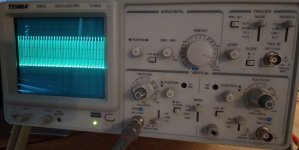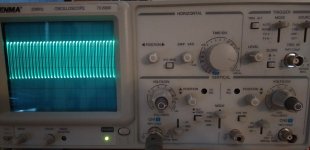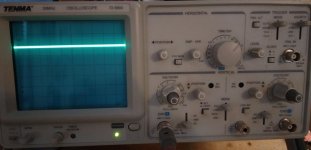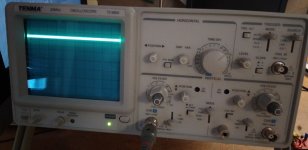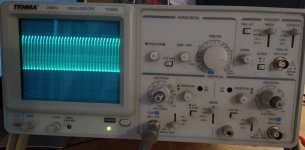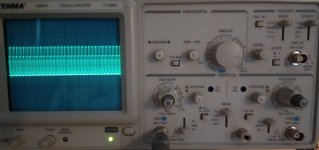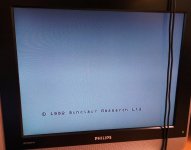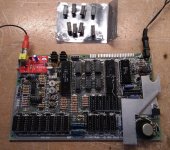Congratulations ! Mostly they aren't anywhere near this difficult to fix. Any remaining faults should be easy to fix now

The speaker should not squeal, as there's not supposed to be an amplifier in there, so unless the ULA is sending it some weird sound, that's a curious issue. Definitely one for the oscilloscope - Pin28 on the ULA is the sound output I think. It should be stable and not oscillating or changing level. The sound circuit is very simple.
I get my keyboard membranes from Retro Radionics. -
https://retroradionics.co.uk/
They price in US dollars, and ship from China. I find their service and quality to be very good, and the price is good. You can also get a new faceplate and other parts from them if needed... Maybe even customise up the Speccy with your wife's favorite color.
You could hardwire in a few keys to allow you to type "Border 1" or something like that to make a color come up, that would be 3 keys in a quickly assembled matrix ( B for Border, Then any number from 1 to 6 then Enter ) which would take just a few minutes, or you could work out which keyboard connectors to short and just short them to type, since it's a very short sequence... I'd probably just short the keyboard connectors in the right order at least once to check if it was an issue I needed to solve.
Or if you burn that Retroleum rom, it will put some rainbow colors across the screen on boot, which might be a good alternative as you can also use it to check that the upper 32K is working when repaired. Even without a keyboard.
You can get a cassette adapter circuit cheap, and these take a SD card and there's about 10,000 games/programs on archive.org for the ZX Spectrum in TAP and zipped TZX format. There's a large archive you can download, but be warned you will need to break them up by first letter, and then you will have to break up some directories by first letter twice, because they are too big for the tape player... look up TZXDuino on Ebay and other sites. They are cheap.
I've never tried the DIVMMC, but should get one and will if I ever see a cheap one.
Sorry I couldn't be of much help earlier. I had to make 10 posts before they took the posting restrictions off, so most of my posts hung around for days waiting for a moderator.

David.

